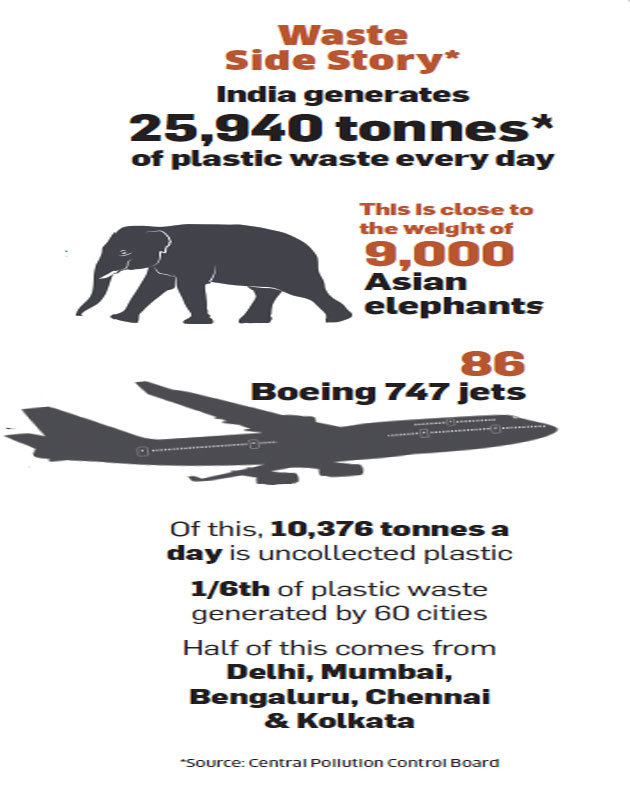Key Facts Box: Effects of El-Nino, Equinod and IOD on Indian Monsoon, 2019
The ongoing frenetic of the North-East Monsoon in the Peninsular India were supported by the same factors that propelled the South-West monsoon. The Indian monsoon of 2019 saw a neutral Pacific (neither El Nino nor La Nina), a positive Indian Ocean Dipole (IOD) and a positive Equatorial Indian Ocean Oscillation (EQUINOO).
El nino
- During El Nino the Equatorial East Pacific warms up relative to the west has adverse impact on the impact of Indian monsoon. The variation in sea surface temperature drives the Indian Ocean and the Pacific phenomena.
- The El Nino is a phenomenon in the equatorial Pacific where the temperature rises over a threshold of 0.5 degree Celsius.
- Between 1950 and 2012, there were 16 La Nina years with monsoon rains ending up above or around average every time. Also, there were 14 other occasions. The 1997-98 El Nino was the strongest that triggered above average rain. The 2002 was the driest monsoons in all these years when El Nino
- The weak El Nino in the Pacific Ocean this year is one of the reasons for rainfall deficit in the month of June
IOD
In a positive IOD, the western basin of the Indian Ocean warms up creating a low pressure. This rises warm air clouds to set up storms and heavy rains in the South and South east Asia.
A positive IOD aids in Indian monsoon.
EQUINOD
The positive EQUINOD translates more or less positive IOD. The Positive EQUINOD aids in North East Monsoon.


0 comments:
Post a Comment